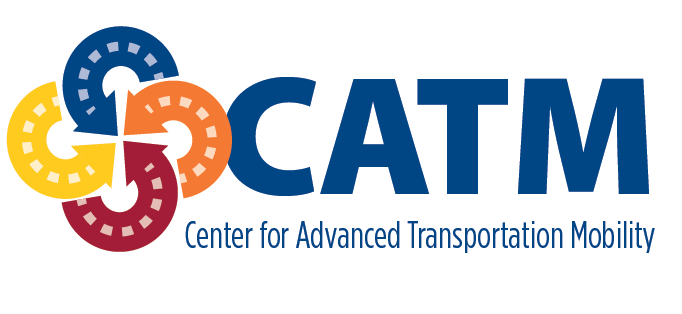Document Type
Article
Publication Date
2-2019
Keywords
autonomous vehicles, experimental design, mediation, regression, statistical model, willingness, prediction
Abstract
Autonomous vehicles are proposed as a way to make driving safer. While much research focuses on the technological and engineering aspects of autonomous vehicles, the purpose of these studies were to 1) determine differences in pedestrians’ willingness to cross the street in front of autonomous vehicles based on nationality and gender, 2) determine if affect acted as a mediator, 3) identify which emotions were mediators, 4) determine the type of indications pedestrians prefer to receive from autonomous vehicles, and 5) identify which factors predict a pedestrian’s willingness to cross in front of autonomous vehicles. In five studies using 4,819 participants, the findings indicate that, in general, Indian participants are more willing to cross than Americans, and experience little difference in willingness to cross between the conditions. For Americans, females tended to be significantly less willing than males. Affect was found to be a significant mediator for Americans, specifically fear for males and fear and happiness for females. Participants indicated that they preferred the large textual signal from the autonomous vehicle that it was safe to cross, and the variables of anger, fear, happiness, surprise, familiarity, fun factor, and wariness of new technology were significant predictors in the statistical model.
Recommended Citation
Winter, Scott R.; Rice, Stephen; Ragbir, Nadine K.; Baugh, Bradley S.; Milner, Mattie N.; Lim, Bee-Ling; Capps, John; and Anania, Emily C., "Assessing Pedestrians' Perceptions and Willingness to Interact with Autonomous Vehicles" (2019). Center for Advanced Transportation Mobility. 2.
https://digital.library.ncat.edu/catm/2
CATM Study 5 Stage 2 CATM.xlsx (125 kB)
Study 1 Results CATM.xlsx (133 kB)
Study 2 Results CATM.xlsx (97 kB)
Study 3 Results CATM.xlsx (103 kB)
Study 4 Results CATM.xlsx (273 kB)


